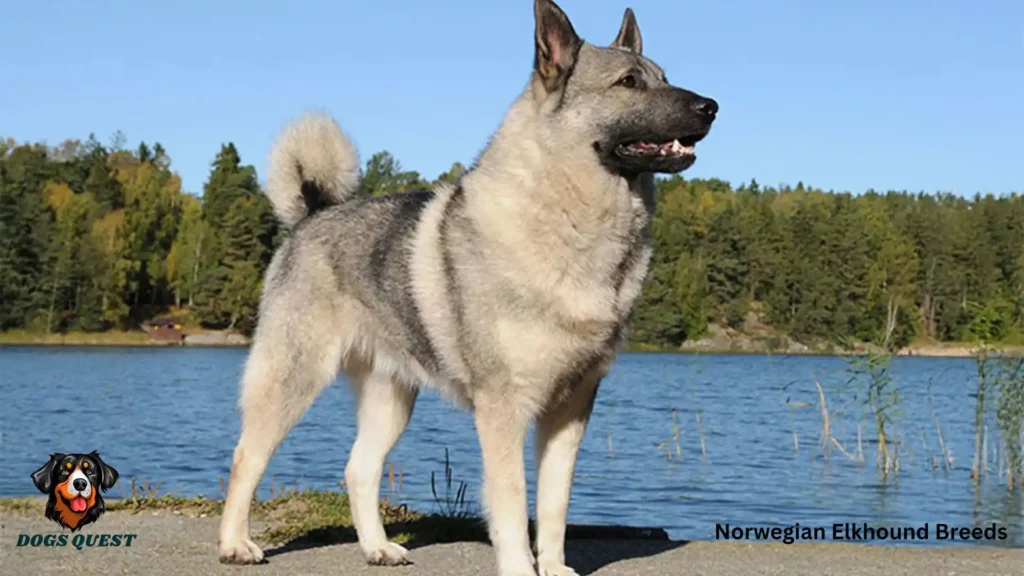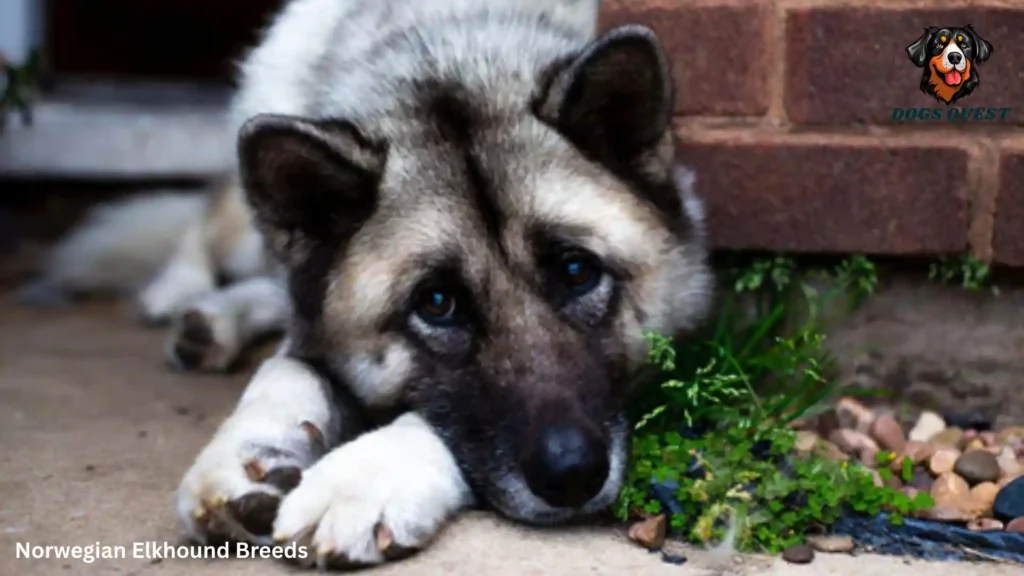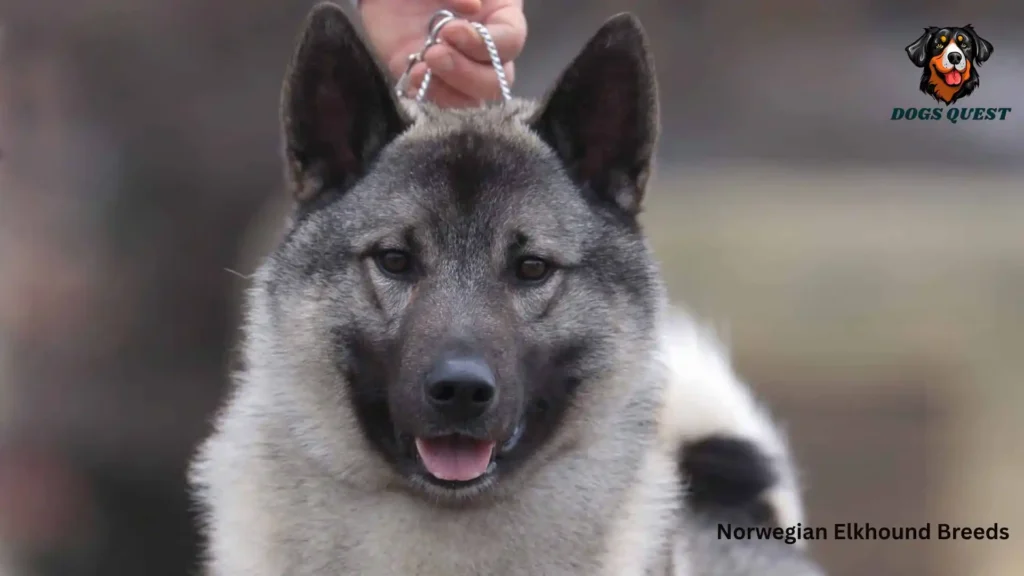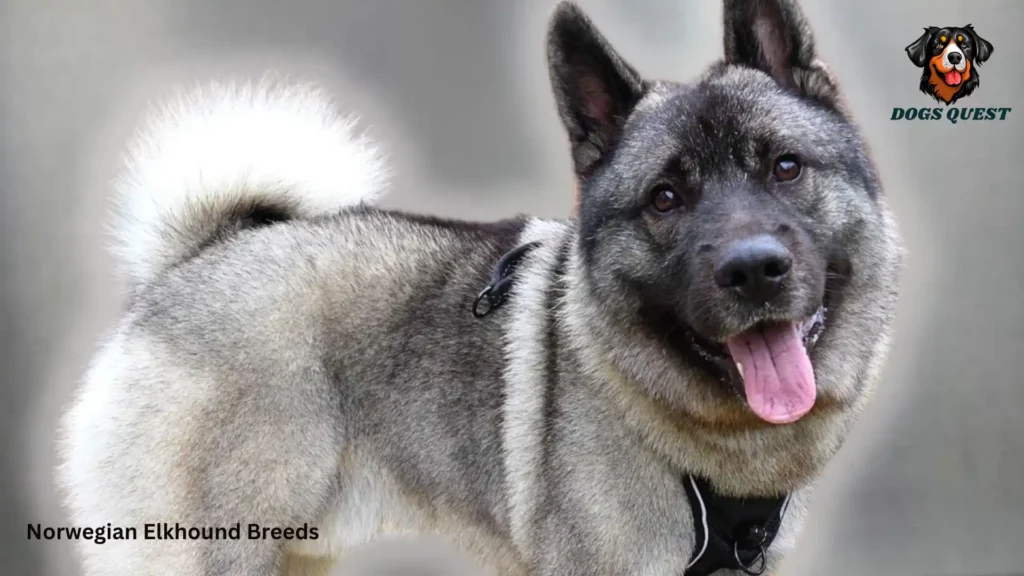Discover 12 incredible facts about Norwegian breeds, from their Viking history to their loyal temperament, health, training, and grooming tips. Learn why these Nordic hunting dogs are perfect family companions.
Introduction:
Among the many dog breeds admired worldwide, Norwegian Elkhound breeds hold a special place for their courage, loyalty, and wolf-like beauty. Known as Norway’s national dog, these remarkable companions date back thousands of years and were once trusted by Vikings to protect homes and hunt large game such as elk and moose.
Today, Norwegian breeds are loved not only for their rich history but also for their affectionate nature, intelligence, and adaptability. Whether you’re looking for a family protector, an energetic hiking partner, or a loyal companion, these dogs check every box.
In this detailed guide, we’ll explore 12 incredible facts about Norwegian breeds—covering their origins, temperament, training, exercise needs, grooming, diet, health, and much more.
1. The Ancient History of Norwegian Elkhound Breeds

The roots of Norwegian breeds stretch back over 6,000 years. Archaeological evidence shows that they accompanied humans during the Stone Age, serving as hunters, guardians, and protectors.
Viking Companions
Vikings valued these dogs as loyal protectors on voyages and skilled hunters at home. Their sharp instincts and bravery made them essential in harsh Nordic environments.
2. Appearance and Physical Traits of Norwegian Elkhound Breeds
At first glance, Norwegian Elkhound breeds resemble wolves with their striking silver-gray coats, erect ears, and curled tails.
Key Features
- Size: Medium, 48–55 pounds
- Height: 19–21 inches
- Coat: Thick, weather-resistant double coat
- Eyes: Dark and expressive
- Tail: Tightly curled over the back
Their rugged appearance is not just beautiful—it’s perfectly designed to withstand freezing Scandinavian winters.
3. Temperament and Personality of Norwegian Elkhound Breeds
The temperament of Norwegian breeds is a balance of courage, loyalty, and affection. They are protective watchdogs but also playful and loving with their families.
Personality Traits
- Protective: Alert and cautious with strangers
- Affectionate: Strong bonds with family members
- Energetic: Requires mental and physical stimulation
- Independent: Intelligent but sometimes stubborn
For families seeking a loyal yet fun-loving companion, Norwegian breeds are a perfect match.
4. Training Norwegian Elkhound Breeds

While intelligent, Norwegian Elkhound breeds are also independent thinkers. This means training requires patience, consistency, and creativity.
Training Tips
- Begin socialization early with people and pets
- Use positive reinforcement methods
- Keep sessions short and engaging
- Avoid harsh corrections, which can damage trust
When trained properly, Norwegian breeds become obedient, reliable companions who excel in both family settings and working roles.
5. Exercise Needs of Norwegian Elkhound Breeds
These dogs were bred for stamina and endurance, making them one of the most active Nordic breeds.
Best Activities
- Daily long walks or runs
- Hiking in cold or moderate climates
- Fetch, agility training, or scent games
Without sufficient exercise, Norwegian Elkhound breeds may become restless, bark excessively, or develop destructive habits.
6. Grooming and Coat Care for Norwegian Elkhound Breeds
One of the most distinctive features of Norwegian breeds is their dense double coat. Proper grooming is essential to keep them looking their best.
Grooming Checklist
- Brush 2–3 times per week
- Increase brushing during shedding seasons
- Bathe only when necessary
- Trim nails and clean ears regularly
With regular grooming, your Norwegian Elkhound will remain healthy, comfortable, and stunning.
7. Health Concerns of Norwegian Elkhound Breeds

While generally healthy, Norwegian breeds are prone to some hereditary conditions.
Common Issues
- Hip Dysplasia – a common joint problem
- Progressive Retinal Atrophy (PRA) – eye degeneration
- Hypothyroidism – affects metabolism
- Obesity – if overfed or under-exercised
Routine vet visits, proper diet, and exercise can help maintain their long-term health.
8. Diet and Nutrition for Norwegian Elkhound Breeds
Nutrition plays a vital role in maintaining the health and energy of these active dogs.
Feeding Guidelines
- Choose high-quality dog food rich in protein
- Balance with carbohydrates and healthy fats
- Avoid overfeeding—Elkhounds can gain weight quickly
- Provide constant access to clean water
Consult your vet to adjust portions according to your Elkhound’s activity level.
9. Norwegian Elkhound Breeds as Family Pets
Despite their hunting background, Norwegian Elkhound breeds thrive in family environments. They’re affectionate with children and protective of their homes.
Family Benefits
- Gentle and playful with kids
- Natural guardians and watchdogs
- Adaptable to family life with adequate exercise
For families seeking both companionship and protection, these dogs are an ideal choice.
10. Fun Facts About Norwegian Elkhound Breeds
Here are some fascinating things you might not know:
- They are Norway’s official national dog
- Their name means “Moose Dog” in Norwegian
- They were bred to track and corner big game
- Their coat sheds water and snow easily
- They are excellent “bark hunters,” signaling prey with vocal alerts
11. Lifespan and Longevity of Norwegian Elkhound Breeds

With proper care, Norwegian Elkhound breeds live an average of 12–15 years. This longevity makes them reliable lifelong companions.
Longevity Tips
- Regular exercise and mental stimulation
- Balanced, portion-controlled diet
- Preventive healthcare and annual checkups
- Consistent grooming and dental hygiene
12. Why Choose Norwegian Elkhound Breeds?
Choosing Norwegian Elkhound breeds means welcoming a loyal, protective, and affectionate dog into your family. They’re perfect for active households that can provide love, exercise, and stimulation.
Top Reasons to Love Them
- Courageous guardians with a soft side
- Intelligent, versatile, and adaptable
- A rich heritage as one of the oldest Nordic breeds
- Stunning looks with wolf-like beauty
Conclusion:
From their Viking heritage to their affectionate modern-day companionship, Norwegian Elkhound breeds embody courage, loyalty, and love. These dogs aren’t just hunters—they are protectors, friends, and cherished family members.
If you’re ready for a dog that combines strength with affection, history with loyalty, and energy with playfulness, look no further than the Norwegian Elkhound breeds. With the right care, they’ll bring joy and protection to your family for many years to come.
Frequently Asked Questions
Q1: Are Norwegian Elkhound breeds good family dogs?
Yes, Norwegian Elkhound breeds make excellent family dogs. They are loyal, affectionate, and protective of their loved ones. Their playful nature makes them great with children, and their watchdog instincts provide a sense of security at home. However, they do need plenty of exercise and stimulation, so they are best suited for active families.
Q2: How much exercise do Norwegian Elkhound breeds need?
Norwegian Elkhound breeds are highly energetic and require at least 60–90 minutes of exercise daily. Long walks, jogging, hiking, or agility training are ideal ways to keep them physically and mentally engaged. Without enough activity, they may become restless or bark excessively.
Q3: Do Norwegian Elkhound breeds shed a lot?
Yes, they are heavy shedders, especially during seasonal coat changes in spring and fall. Regular brushing—at least 2–3 times per week, and daily during shedding seasons—helps manage loose hair and keeps their coat healthy.

